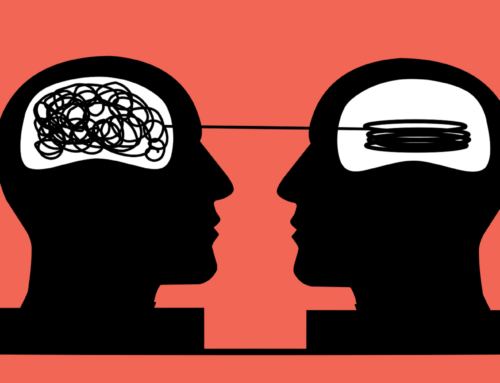Anxiety disorders are the most common mental illnesses in the United States, affecting 40 million adults or 18.1% of the population every year (NIMH). Even though this disorder is highly treatable, only 36.9% seek treatment. In many cases, the first episode happens in childhood – the median onset for anxiety disorders is age 11. Some examples of anxiety disorders are: Generalized Anxiety Disorder (GAD), Social Anxiety, Phobias and Obsessive-Compulsive Disorder.
The one that usually comes to mind when we say “anxiety” is Generalized Anxiety Disorder (GAD). I will mainly focus on this type of anxiety disorder, which afflicts 6.8 million adults or 3.1% of the U.S. population (NIMH). Similar to depression, women are twice as likely to be affected as men. Many people who suffer from GAD wake up and tremendously worry about how they will get thorough the day. This unprovoked worry might in turn cause physical symptoms such as stomachaches or headaches.
Worry is an excellent alarm system that rescues us from threat, but too much of it can lead us to danger. So, when does worry about children, school, marriage, self, the future, or even worry about getting through the day become pathological? The shortest answer is: when it causes significant impairments in important areas of our lives such as work, school and relationships.
Anxious people differ significantly from non-anxious ones in how they assess future events. The following are some of the most common miscalculations of the anxious mind:
- They overestimate the likelihood of negative future events.
- They underestimate how much power they have over changing negative situations.
- They over-plan to accommodate all possible future scenarios.
- They fail to lower pessimism after success (faulty re-calibration of prediction error).
- They have a hyper-focused attentional system.
- They are blind to available safety options.
– Marwa Azab Ph.D.
Read more: Inside The Thinking Maze of Anxious Minds







Leave A Comment